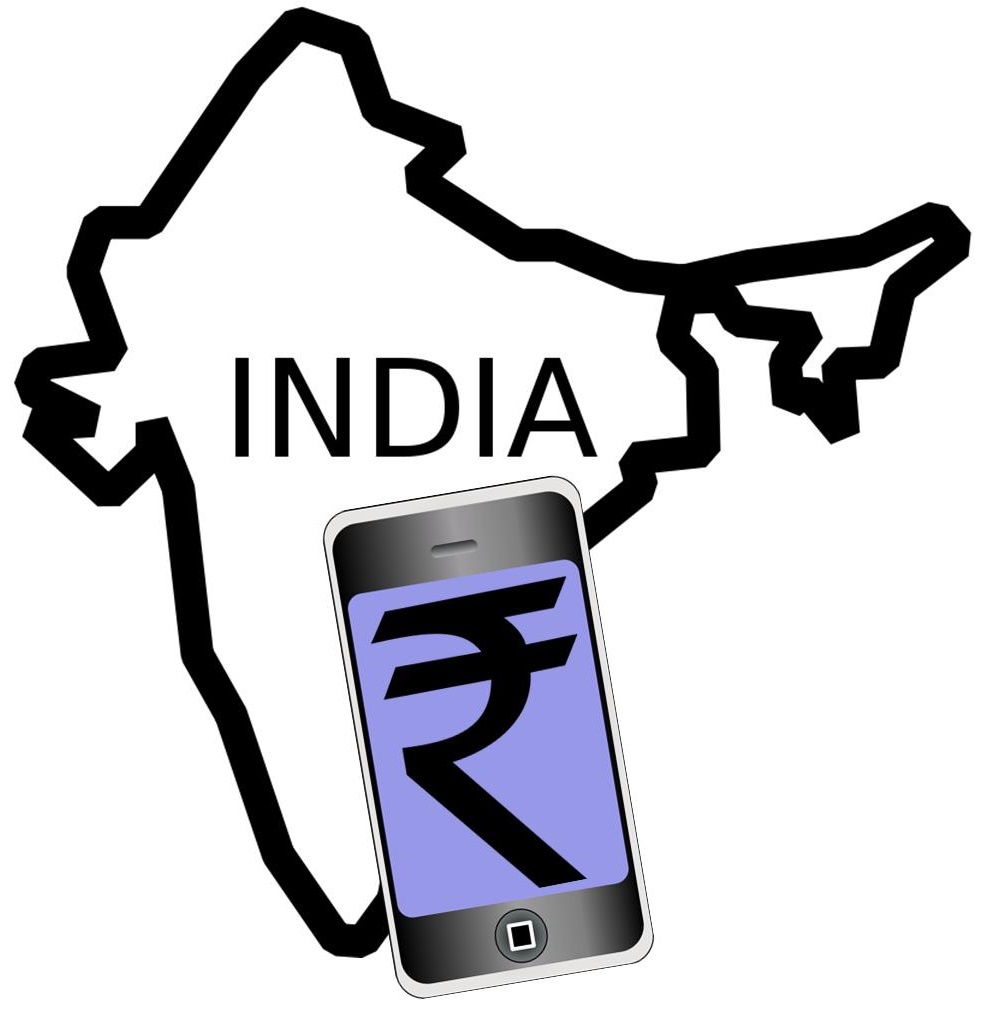The Unified Payments Interface is meant to simplify transactions over smartphones in the country.
The national payments system launched in India this week. The Unified Payments Interface (UPI) is designed to let shoppers complete transactions using mobile phones. So far, the launch includes 21 particpating banks. Customers of those banks can already use the mobile payments services.
Among the banks include ICICI, Axis Bank, Yes Bank as well as eighteen others in India.
With UPI, customers can use the national mobile payments system to both send and receive money. All they need is a smartphone and an account with a participating bank. This system functions by assigning a “virtual identifier” to a user, instead of a person’s actual identity. The purpose is heightened mobile security. There are a number of different functions available by way of the platform. The functions include: bill payments, barcode based in-store purchase transactions, real-time peer to peer (P2P) transactions, delivery payments as well as several others.
The national mobile payments system was initially announced in April and has since been pilot tested.
 The pilot initially consisted of bank employees. Now that the pilot is complete, availability has broadened substantially. Any Indian bank with more than 1,000 pilot customers and a success rate of 80 percent with 5,000 or more transactions can use the UPI mobile apps. They can offer their branded version of UPI mobile payments applications by way of the Google Play store. That way, it can be accessed by the general public in India.
The pilot initially consisted of bank employees. Now that the pilot is complete, availability has broadened substantially. Any Indian bank with more than 1,000 pilot customers and a success rate of 80 percent with 5,000 or more transactions can use the UPI mobile apps. They can offer their branded version of UPI mobile payments applications by way of the Google Play store. That way, it can be accessed by the general public in India.
By using those requirements for launching the mobile apps in the Google Play store, the goal was to incentivize participation in the pilot. That way, there would be a greater capability for improving the application before the nationwide launch. It is possible for existing mobile users to integrate their platforms into the Unified Payments Interface.
Some have predicted that this national mobile payments platform will be very helpful in boosting e-payment adoption in India. That opportunity has the potential to move the country forward in its progress toward financial inclusion. This is important as only just over half of Indians (53 percent) currently have bank accounts.
A recent survey revealed these mobile commerce features are sought after by consumers.
Zebra Technologies held a global survey revealing location based services are sought-after by consumers. The number of shoppers interested in using geolocation technologies while in-store is rising quickly.
Among the geolocation features most sought by consumers are digital shopping maps and mobile coupons.
Fifty one percent of shoppers are interested in mobile coupons sent through location based services, said the survey. These consumers want discount opportunities provided in-store by way of mobile devices. Another 49 percent said they are interested in receiving email receipts instead of or in addition to paper copies. Moreover, 45 percent said they are interested in digital shopping maps provided in-store on their phones.
The research examined global digital shopping habits including interest in location based services.
 Zebra Technologies published their findings in their annual Global Shopper Study. Also reported in the study were additional mobile commerce trends. Among them was that 76 percent of shoppers enjoy the in-store shopping experience. Furthermore, 50 percent of consumers think online and mobile technology solutions improve their experiences. They feel the retail experience is enabled and enhanced with this tech.
Zebra Technologies published their findings in their annual Global Shopper Study. Also reported in the study were additional mobile commerce trends. Among them was that 76 percent of shoppers enjoy the in-store shopping experience. Furthermore, 50 percent of consumers think online and mobile technology solutions improve their experiences. They feel the retail experience is enabled and enhanced with this tech.
Over half – 52 percent – of shoppers say they have showroomed. Showrooming is the practice of looking at an item in store before purchasing it online at a better price. In addition, slightly more than one third – 33 percent – of shoppers said they most enjoy the chance to shop online and pick up their purchases in-store. This indicates that many people want to shop on their devices and obtain their items at the retail store.
Among the leading barriers to mobile commerce and location based services is a lack of trust in security. Large data breaches in the news headlines have made consumers wary of online and mobile shopping. Only 5 percent of consumers say they fully trust retailers. Still, nearly 80 percent said they would share a certain amount of information with retailers, regardless of less-than-perfect trust. Also, 64 percent of consumers value companies that offer features to customize the way personal information is collected, stored and used.
 The pilot initially consisted of bank employees. Now that the pilot is complete, availability has broadened substantially. Any Indian bank with more than 1,000 pilot customers and a success rate of 80 percent with 5,000 or more transactions can use the UPI mobile apps. They can offer their branded version of UPI mobile payments applications by way of the Google Play store. That way, it can be accessed by the general public in India.
The pilot initially consisted of bank employees. Now that the pilot is complete, availability has broadened substantially. Any Indian bank with more than 1,000 pilot customers and a success rate of 80 percent with 5,000 or more transactions can use the UPI mobile apps. They can offer their branded version of UPI mobile payments applications by way of the Google Play store. That way, it can be accessed by the general public in India.
 Zebra Technologies published their findings in their annual Global Shopper Study. Also reported in the study were additional mobile commerce trends. Among them was that 76 percent of shoppers enjoy the in-store shopping experience. Furthermore, 50 percent of consumers think online and mobile technology solutions improve their experiences. They feel the retail experience is enabled and enhanced with this tech.
Zebra Technologies published their findings in their annual Global Shopper Study. Also reported in the study were additional mobile commerce trends. Among them was that 76 percent of shoppers enjoy the in-store shopping experience. Furthermore, 50 percent of consumers think online and mobile technology solutions improve their experiences. They feel the retail experience is enabled and enhanced with this tech.